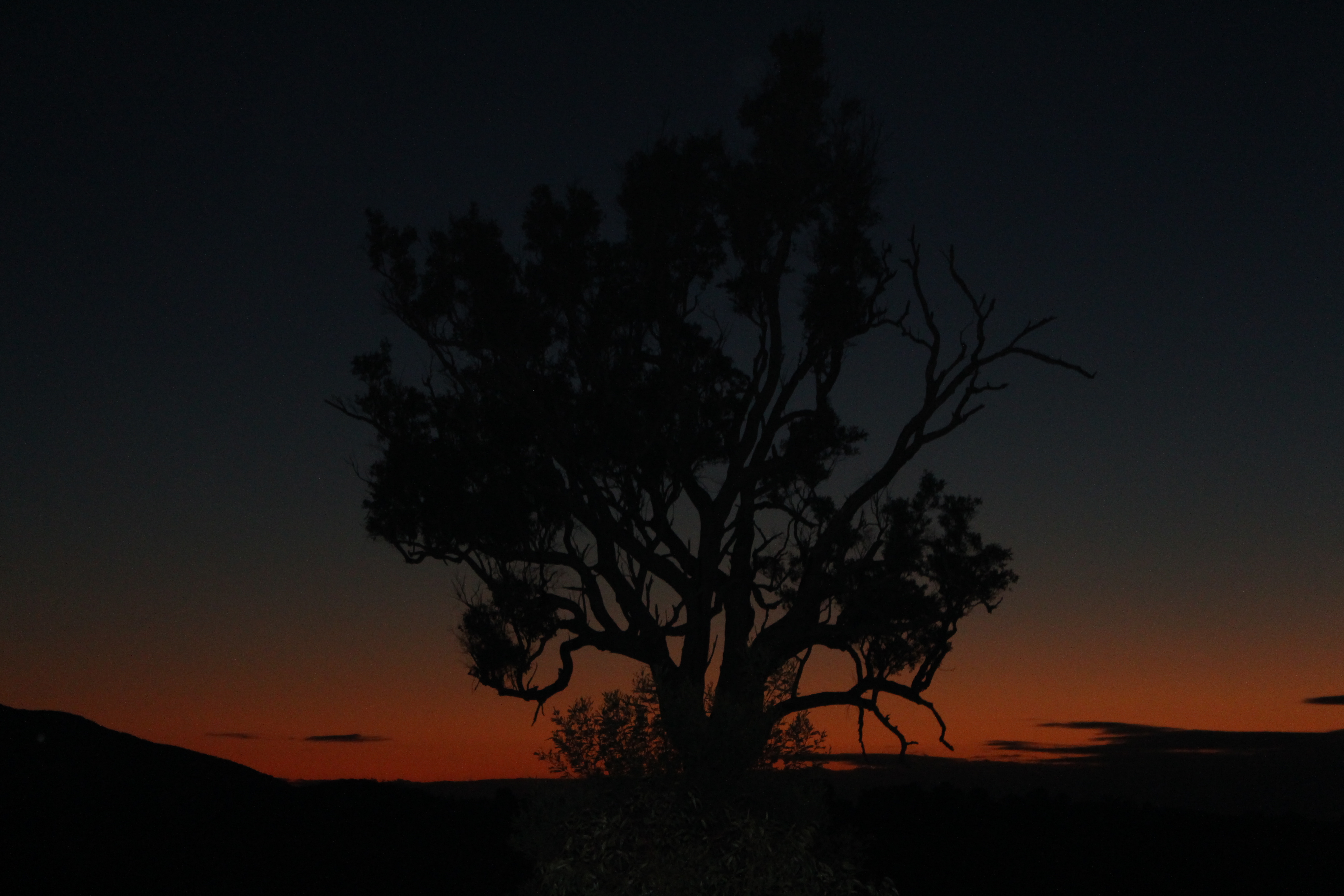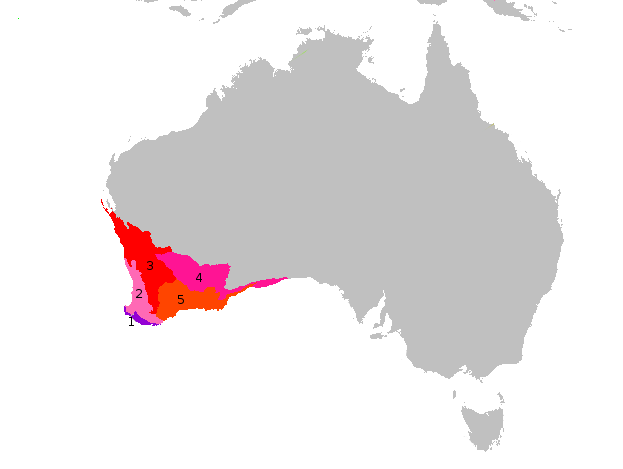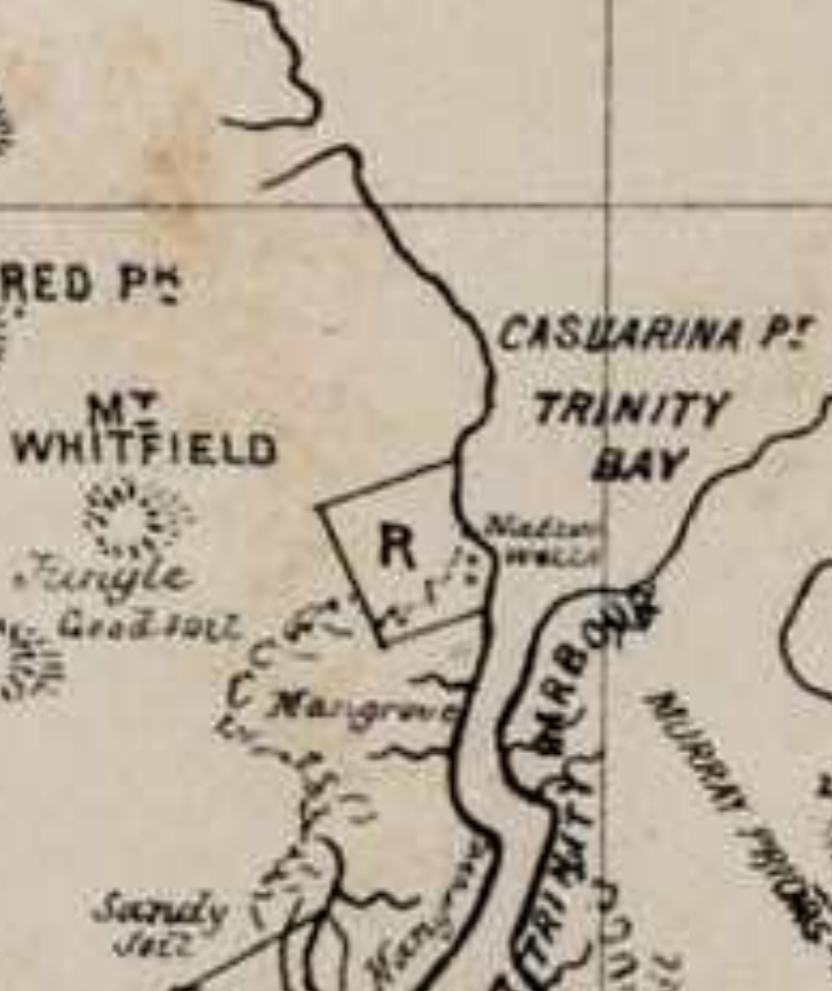|
Nyctophilus Gouldi
Gould's long-eared bat (''Nyctophilus gouldi'') is a microbat found in southern regions of Australia. It occurs in eastern Australia, from Queensland to Victoria, and in a smaller isolated range in the south-west of Western Australia. Taxonomy The first description of the species was published by Robert Tomes in 1858. The type locality was Moreton Bay in Queensland. This specimen was provided by John Gould, a second specimen examined by Tomes was noted as from the same locality, and the third, also from Gould's collection, was obtained at Bathurst. The status as a species has varied in treatments of larger long-eared Australian bats, the described taxon being sometimes submerged or synonymised to other taxa in the genus. The complexes of ''Nyctophilus'' species were published as often tentative or contradictory arrangements for taxa that were poorly known, and previous classifications had seen this species separated or assigned to ''Nyctophilus bifax, N. bifax'' or ''Nyctophilu ... [...More Info...] [...Related Items...] OR: [Wikipedia] [Google] [Baidu] |
Robert Fisher Tomes
Robert Fisher Tomes (4 August 1823 – 10 July 1904) was an English farmer and zoologist. Biography Tomes was born in Weston-on-Avon and farmed at Welford, Gloucestershire. He was a specialist in bats, describing a number of new species. His writings included the sections on insectivora and Chiroptera in the second edition of Thomas Bell's ''History of Quadrupeds''. His interest in ornithology waned, and he resigned from the British Ornithologists Union in 1866. His contributions to the two Victoria County Histories were his only significant ornithological works.The Historical Atlas of Breeding Birds in Britain and Ireland, 1875-1900, Simon Holloway, T & A D Poyser T. & A. D. Poyser began as a British publisher, founded by Trevor and Anna Poyser in 1973, to specialise in ornithology books. It was located in Berkhamsted, Hertfordshire, and later in Calton, Staffordshire. T. & A. D. Poyser often worked in co ..., 1996 Tomes is buried at South Littleton, Worcestershi ... [...More Info...] [...Related Items...] OR: [Wikipedia] [Google] [Baidu] |
Nyctophilus
''Nyctophilus'' is a genus of the vespertilionids or vesper bats. They are often termed Australian big-eared bats or long-eared bats, as the length of their ears often greatly exceeds that of the head. This genus occurs in the New Guinean- Australian region. Taxonomy The first description of the genus was published in 1821 by William Elford Leach. The name ''Nyctophilus'' means night-loving and is derived from the combination of Ancient Greek ''nyktos'' and ''philos''. The type species of the genus is '' Nyctophilus geoffroyi'', the lesser long-eared bat. A monograph on the genus, published by Robert Fisher Tomes in 1858, cited two earlier descriptions, the species assumed by Tomes as the type for ''Nyctophilus geoffroyi'', Leach, and incorporated the similar ''Vespertilio timoriensis'' Geoffroy as a new generic combination. Two new species were also named, ''Nyctophilus gouldi'' and ''Nyctophilus unicolor'', both based on specimens supplied by John Gould. The availability o ... [...More Info...] [...Related Items...] OR: [Wikipedia] [Google] [Baidu] |
Canberra
Canberra ( ) is the capital city of Australia. Founded following the Federation of Australia, federation of the colonies of Australia as the seat of government for the new nation, it is Australia's largest inland city and the List of cities in Australia by population, eighth-largest city overall. The city is located at the northern end of the Australian Capital Territory at the northern tip of the Australian Alps, the country's highest mountain range. As of June 2021, Canberra's estimated population was 453,558. The area chosen for the capital had been inhabited by Indigenous Australians for up to 21,000 years, with the principal group being the Ngunnawal people. European settlement commenced in the first half of the 19th century, as evidenced by surviving landmarks such as St John the Baptist Church, Reid, St John's Anglican Church and Blundells Cottage. On 1 January 1901, federation of the colonies of Australia was achieved. Following a long dispute over whether Sydney o ... [...More Info...] [...Related Items...] OR: [Wikipedia] [Google] [Baidu] |
Sydney
Sydney ( ) is the capital city of the state of New South Wales, and the most populous city in both Australia and Oceania. Located on Australia's east coast, the metropolis surrounds Sydney Harbour and extends about towards the Blue Mountains to the west, Hawkesbury to the north, the Royal National Park to the south and Macarthur to the south-west. Sydney is made up of 658 suburbs, spread across 33 local government areas. Residents of the city are known as "Sydneysiders". The 2021 census recorded the population of Greater Sydney as 5,231,150, meaning the city is home to approximately 66% of the state's population. Estimated resident population, 30 June 2017. Nicknames of the city include the 'Emerald City' and the 'Harbour City'. Aboriginal Australians have inhabited the Greater Sydney region for at least 30,000 years, and Aboriginal engravings and cultural sites are common throughout Greater Sydney. The traditional custodians of the land on which modern Sydney stands ar ... [...More Info...] [...Related Items...] OR: [Wikipedia] [Google] [Baidu] |
Eucalyptus Camaldulensis
''Eucalyptus camaldulensis'', commonly known as the river red gum, is a tree that is endemic to Australia. It has smooth white or cream-coloured bark, lance-shaped or curved adult leaves, flower buds in groups of seven or nine, white flowers and hemispherical fruit with the valves extending beyond the rim. A familiar and iconic tree, it is seen along many watercourses across inland Australia, providing shade in the extreme temperatures of central Australia. Description ''Eucalyptus camaldulensis'' is a tree that typically grows to a height of but sometimes to and often does not develop a lignotuber. The bark is smooth white or cream-coloured with patches of yellow, pink or brown. There are often loose, rough slabs of bark near the base. The juvenile leaves are lance-shaped, long and wide. Adult leaves are lance-shaped to curved, the same dull green or greyish green colour on both sides, long and wide on a petiole long. The flower buds are arranged in groups of seve ... [...More Info...] [...Related Items...] OR: [Wikipedia] [Google] [Baidu] |
Eucalypt
Eucalypt is a descriptive name for woody plants with capsule fruiting bodies belonging to seven closely related genera (of the tribe Eucalypteae) found across Australasia: ''Eucalyptus'', '' Corymbia'', '' Angophora'', '' Stockwellia'', '' Allosyncarpia'', '' Eucalyptopsis'' and ''Arillastrum''. Taxonomy For an example of changing historical perspectives, in 1991, largely genetic evidence indicated that some prominent ''Eucalyptus'' species were actually more closely related to ''Angophora'' than to other eucalypts; they were accordingly split off into the new genus ''Corymbia''. Although separate, all of these genera and their species are allied and it remains the standard to refer to the members of all seven genera ''Angophora'', ''Corymbia'', ''Eucalyptus'', ''Stockwellia'', ''Allosyncarpia'', ''Eucalyptopsis'' and ''Arillastrum'' as "eucalypts" or as the eucalypt group. The extant genera ''Stockwellia'', ''Allosyncarpia'', ''Eucalyptopsis'' and ''Arillastrum'' comprise s ... [...More Info...] [...Related Items...] OR: [Wikipedia] [Google] [Baidu] |
Southwest Australia (ecoregion)
Southwest Australia is a biogeographic region in Western Australia. It includes the Mediterranean-climate area of southwestern Australia, which is home to a diverse and distinctive flora and fauna. The region is also known as the Southwest Australia Global Diversity Hotspot, as well as Kwongan. Geography The region includes the Mediterranean forests, woodlands, and scrub ecoregions of Western Australia. The region covers 356,717 km2, consisting of a broad coastal plain 20-120 kilometres wide, transitioning to gently undulating uplands made up of weathered granite, gneiss and laterite. Bluff Knoll in the Stirling Range is the highest peak in the region, at 1,099 metres (3,606 ft) elevation. Desert and xeric shrublands lie to the north and east across the centre of Australia, separating Southwest Australia from the other Mediterranean and humid-climate regions of the continent. Climate The region has a wet-winter, dry-summer Mediterranean climate, one of five such regi ... [...More Info...] [...Related Items...] OR: [Wikipedia] [Google] [Baidu] |
Cairns, Queensland
Cairns (, ) is a city in Queensland, Australia, on the tropical north east coast of Far North Queensland. The population in June 2019 was 153,952, having grown on average 1.02% annually over the preceding five years. The city is the 5th-most-populous in Queensland, and 15th in Australia. The city was founded in 1876 and named after Sir William Wellington Cairns, following the discovery of gold in the Hodgkinson river. Throughout the late 19th century, Cairns prospered from the settlement of Chinese immigrants who helped develop the region's agriculture. Cairns also served as a port for blackbirding ships, bringing slaves and indentured labourers to the sugar plantations of Innisfail. During World War II, the city became a staging ground for the Allied Forces in the Battle of the Coral Sea. By the late 20th century the city had become a centre of international tourism, and in the early 21st century has developed into a major metropolitan city. Cairns is a popular tourist ... [...More Info...] [...Related Items...] OR: [Wikipedia] [Google] [Baidu] |
Tree Hollow
A tree hollow or tree hole is a semi-enclosed cavity which has naturally formed in the trunk or branch of a tree. They are found mainly in old trees, whether living or not. Hollows form in many species of trees, and are a prominent feature of natural forests and woodlands, and act as a resource or habitat for a number of vertebrate and invertebrate animals. Hollows may form as the result of physiological stress from natural forces causing the excavating and exposure of the heartwood. Forces may include wind, fire, heat, lightning, rain, attack from insects (such as ants or beetles), bacteria, or fungi. Also, trees may self-prune, dropping lower branches as they reach maturity, exposing the area where the branch was attached. Many animals further develop the hollows using instruments such as their beak, teeth or claws. The size of hollows may depend on the age of the tree. For example, eucalypts develop hollows at all ages, but only from when the trees are 120 years old do they f ... [...More Info...] [...Related Items...] OR: [Wikipedia] [Google] [Baidu] |
Sclerophyll
Sclerophyll is a type of vegetation that is adapted to long periods of dryness and heat. The plants feature hard leaves, short internodes (the distance between leaves along the stem) and leaf orientation which is parallel or oblique to direct sunlight. The word comes from the Greek ''sklēros'' (hard) and ''phyllon'' (leaf). The term was coined by A.F.W. Schimper in 1898 (translated in 1903), originally as a synonym of xeromorph, but the two words were later differentiated. Sclerophyllous plants occur in many parts of the world, but are most typical of areas with low rainfall or seasonal droughts, such as Australia, Africa, and western North and South America. They are prominent throughout Australia, parts of Argentina, the Cerrado biogeographic region of Bolivia, Paraguay and Brazil, and in the Mediterranean biomes that cover the Mediterranean Basin, California, Chile, and the Cape Province of South Africa. In the Mediterranean basin, holm oak, cork oak and olives are ty ... [...More Info...] [...Related Items...] OR: [Wikipedia] [Google] [Baidu] |
Nouméa
Nouméa () is the capital and largest city of the French special collectivity of New Caledonia and is also the largest francophone city in Oceania. It is situated on a peninsula in the south of New Caledonia's main island, Grande Terre, and is home to the majority of the island's European, Polynesian ( Wallisians, Futunians, Tahitians), Indonesian, and Vietnamese populations, as well as many Melanesians, Ni-Vanuatu and Kanaks who work in one of the South Pacific's most industrialised cities. The city lies on a protected deepwater harbour that serves as the chief port for New Caledonia. At the September 2019 census, there were 182,341 inhabitants in the metropolitan area of Greater Nouméa (), 94,285 of whom lived in the city ( commune) of Nouméa proper. 67.2% of the population of New Caledonia live in Greater Nouméa, which covers the communes of Nouméa, Le Mont-Dore, Dumbéa and Païta. History The first European to establish a settlement in the vicinity was Br ... [...More Info...] [...Related Items...] OR: [Wikipedia] [Google] [Baidu] |
Nyctophilus Nebulosus
The New Caledonian long-eared bat (''Nyctophilus nebulosus'') is a vesper bat found in New Caledonia. They are only recorded at Mount Koghis, near Nouméa, and the population is decreasing. Taxonomy The formal description of the species was published in 2002 by H. E. Parnaby, although there is an earlier reference by Tim Flannery to the population by a common name. The author compared three specimens to the two species they most closely resemble, ''Nyctophilus gouldi'' and '' N. bifax'' and presented a diagnosis based on their morphology. The holotype was collected 150 metres north of the Station d'Altitude car park at Mt. Koghis at 450 metres asl. The collection was made by Flannery at 5.45 pm, 10 May 1991, when the specimen, a male adult, flew into a mist net set across a forest track. A second specimen, a female, was added to the collection the same evening, and the third obtained at the site several days later. The specimens examined by Parnaby were collected toward or at ... [...More Info...] [...Related Items...] OR: [Wikipedia] [Google] [Baidu] |






.jpg)
